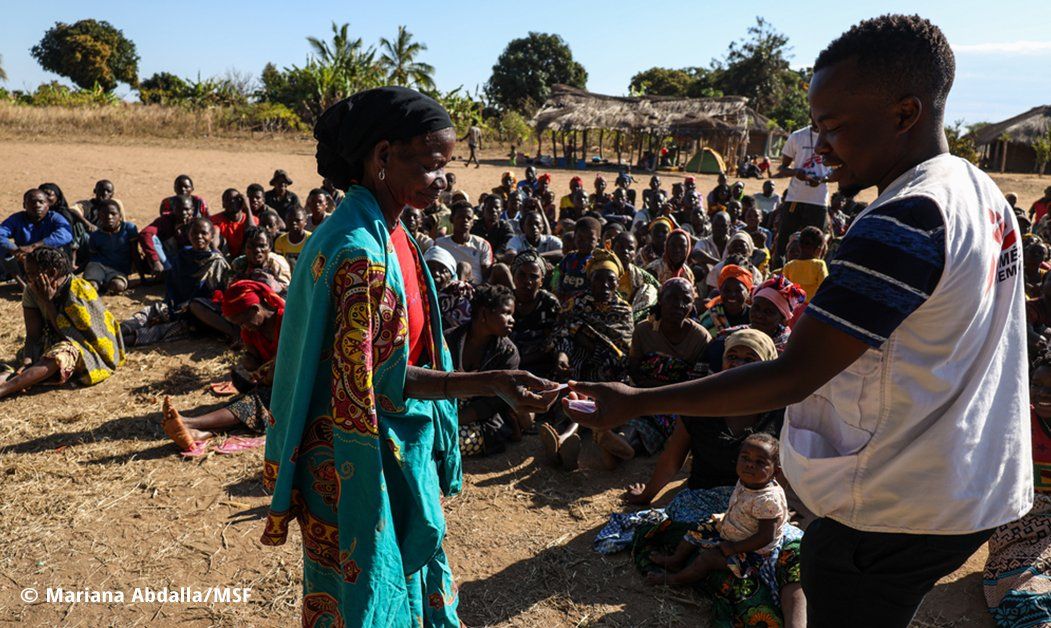Central Mozambique has suffered severe flooding and damage to infrastructure as Cyclone Freddy sweeps across the country for the second time in less than a month, killing at least five.
Freddy made landfall in the Quelimane district of Zambezia province on Saturday night, battering the region with wind speeds of up to 213 km/hour and leaving the entire city of Quelimane without power, water or access to most cell phone networks.
“We’ve seen a lot of buildings destroyed, roofs ripped off, many trees fallen and widespread flooding, so I wouldn’t be surprised if there have been fatalities,” Guy Taylor, UNICEF’s chief of advocacy, communications and partnerships, told Zitamar from a village just outside Quelimane.
The damage in the city has been extensive but the situation in the surrounding rural areas is even more critical, according to Taylor. “Many houses have collapsed, flooded or been destroyed by fallen trees. Many of the fields and crops have been flooded which will be a major problem for subsistence farmers,” he said.
The cyclone was more intense than anticipated, Zito Ossumane, a local journalist in Quelimane, told Zitamar on Monday. “Even the government disaster management team did not expect such a magnitude of damage and has so far not provided an effective response to the victims.”
“People have been left homeless after losing their roofs,” he said. “Many displaced families are sheltering in schools which have been turned into reception centres. Large areas are flooded and the rain is still falling.”
The Instituto Nacional de Meteorologia (INAM) expects 200mm of rain to fall over 24 hours, posing additional humanitarian challenges. “The worry with this kind of flooding, beyond the immediate devastation, is you have long term disruption which cuts children and families off from essential basic services,” Taylor said.
The extent of the damage and the number of casualties and displaced are still unclear due to communication difficulties in Quelimane but the city’s mayor said on Monday that at least five people have been killed, 5,000 are living in temporary accommodation and about 100,000 people are in need of humanitarian assistance. The roof was also blown off the old provincial hospital in Quelimane, impeding the treatment of victims.
Movitel and Vodacom restored connectivity on Monday but the networks have been overloaded and are still unreliable.
State electricity operator EDM announced on Monday that 116,000 of its customers are still without power in the provinces of Zambezia, Sofala and Manica.
Freddy continues to move across Mozambique but on Sunday afternoon INAM reported its average wind speed had reduced to 95 km/hour, downgrading it to a severe tropical storm.
10 people were killed when Freddy previously made landfall in Mozambique on 24 February, according to UNOCHA.
Freddy is the longest-lasting tropical cyclone ever recorded, breaking 1994 Hurricane John’s record of 31 days on Sunday. It also holds the record for the highest accumulated cyclone energy, and is the only known cyclone to have rapidly intensified seven times.
It has now moved on into Malawi and Zimbabwe but is forecast to come back through Zambezia before heading back out to sea later this week.








